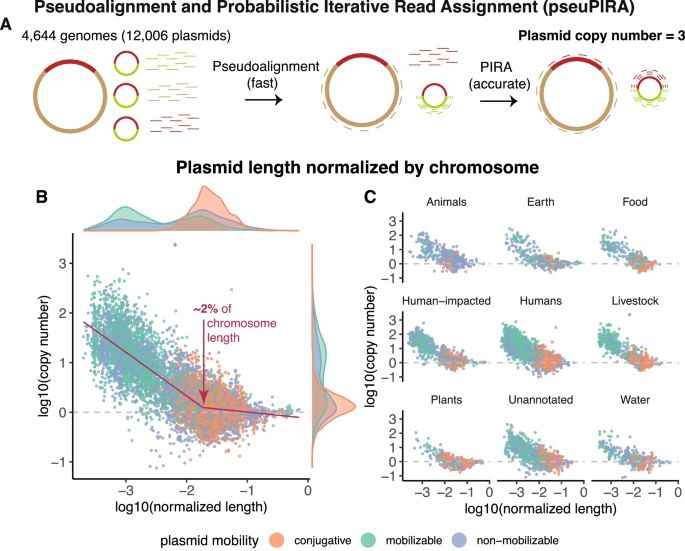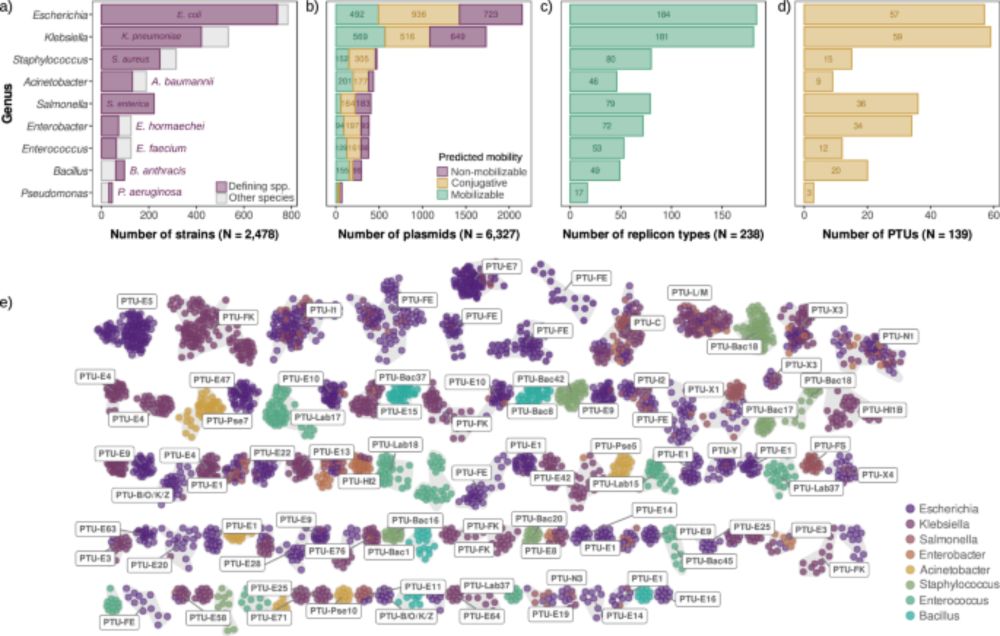Posts
Media
Videos
Starter Packs
Lingchong You
@lingchongyou.bsky.social
· Apr 11
Lingchong You
@lingchongyou.bsky.social
· Apr 11
Lingchong You
@lingchongyou.bsky.social
· Apr 11
Lingchong You
@lingchongyou.bsky.social
· Apr 11
Lingchong You
@lingchongyou.bsky.social
· Apr 11
Lingchong You
@lingchongyou.bsky.social
· Apr 11
Lingchong You
@lingchongyou.bsky.social
· Apr 11
Lingchong You
@lingchongyou.bsky.social
· Apr 11
Lingchong You
@lingchongyou.bsky.social
· Apr 11
Lingchong You
@lingchongyou.bsky.social
· Apr 11
Lingchong You
@lingchongyou.bsky.social
· Apr 10
Lingchong You
@lingchongyou.bsky.social
· Apr 10
Lingchong You
@lingchongyou.bsky.social
· Apr 10
Lingchong You
@lingchongyou.bsky.social
· Apr 10
Lingchong You
@lingchongyou.bsky.social
· Apr 10
Lingchong You
@lingchongyou.bsky.social
· Apr 10
Lingchong You
@lingchongyou.bsky.social
· Apr 10
Lingchong You
@lingchongyou.bsky.social
· Apr 10
Lingchong You
@lingchongyou.bsky.social
· Apr 10
Lingchong You
@lingchongyou.bsky.social
· Apr 10



